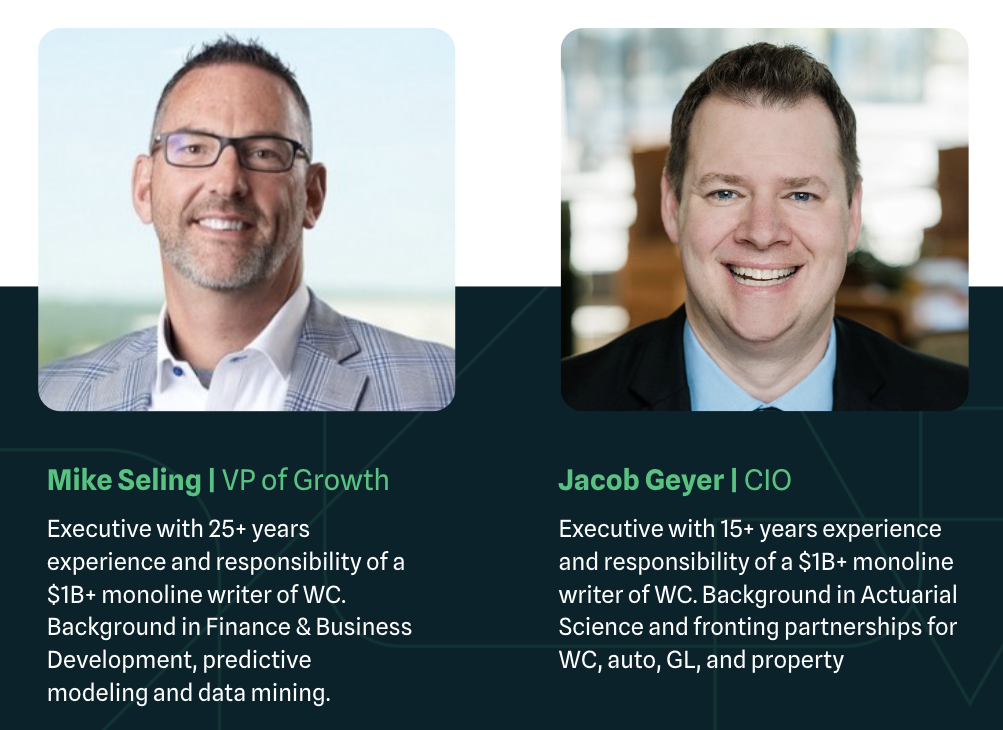Ergonomics, Insight, Workers' Comp, Workplace Safety
Navigating the Dangers of Musculoskeletal Disorders in the Workplace
Musculoskeletal disorders (MSDs) are among the most common occupational hazards, affecting millions of workers worldwide. These injuries, which impact the body’s soft tissues—nerves, tendons, muscles, ligaments, and joints—develop over time and can significantly impair a person’s ability to work and perform daily activities. Initially, MSDs may manifest as minor discomfort, which many might dismiss after a short break or rest. However, without addressing the root causes, these symptoms can escalate, leading to chronic pain and disability. Understanding and mitigating the risks associated with ergonomic hazards is essential for maintaining a healthy workforce.
Recognizing the Symptoms
MSDs often start subtly, with symptoms that may disappear during periods of rest but reappear and intensify with continuous exposure to the same work activities. Over time, the body’s ability to recover diminishes, leading to persistent and potentially severe conditions. Early recognition of these symptoms is crucial for prevention and management.
Risk Factors
Workplace ergonomic hazards pose significant risks for developing MSDs. Key risk factors include:
- Repetition: Performing the same task repeatedly stresses the same muscle groups.
- High Force: Activities requiring excessive muscle effort, such as lifting heavy items or gripping tools forcefully.
- Awkward Postures: Working in positions that strain the body, like bending, twisting, or reaching.
- Contact Stress: Pressure from objects on soft body tissues, such as a tool handle pressing against the palm.
- Hand-Arm Vibration: Exposure to vibrations from power tools or machinery.
The presence of these risk factors, especially in combination, can exacerbate the physical toll on the body.
Prevention Strategies
Adopting ergonomic principles and practices is vital in reducing the risk of MSDs. Below are strategies for manual handling, ground level work, overhead tasks, and the use of hand tools:
- Manual Handling of Tools and Materials:
- Utilize mechanical aids like dollies, carts, and hoists to transport materials.
- Break down loads into manageable units.
- Engage in stretching and warming-up exercises before lifting.
- Label materials clearly and employ proper lifting techniques.
- Ground Level Work:
- Elevate work to a comfortable level using tables or stands to avoid bending or reaching.
- Rotate positions frequently when working at low levels to reduce strain.
- Use high-quality knee pads for tasks requiring kneeling.
- Opt for equipment with extended handles to minimize bending.
- Overhead Work:
- Employ lifts, scaffolds, or other equipment to work closer to the task, maintaining a neutral body posture.
- Hand Tools:
- Ensure tools fit the user’s grip and keep wrists in a neutral position, particularly when applying force.
- Maintain tools well to reduce the risk of vibration injuries.
Conclusion
Preventing musculoskeletal disorders in the workplace requires a proactive approach focused on ergonomic solutions and awareness of risk factors. By implementing preventive measures, such as using appropriate equipment and adopting safe work practices, employers and employees can significantly reduce the incidence of MSDs. Ultimately, fostering a culture of safety and health through ergonomic intervention not only protects workers but also enhances productivity and job satisfaction.









